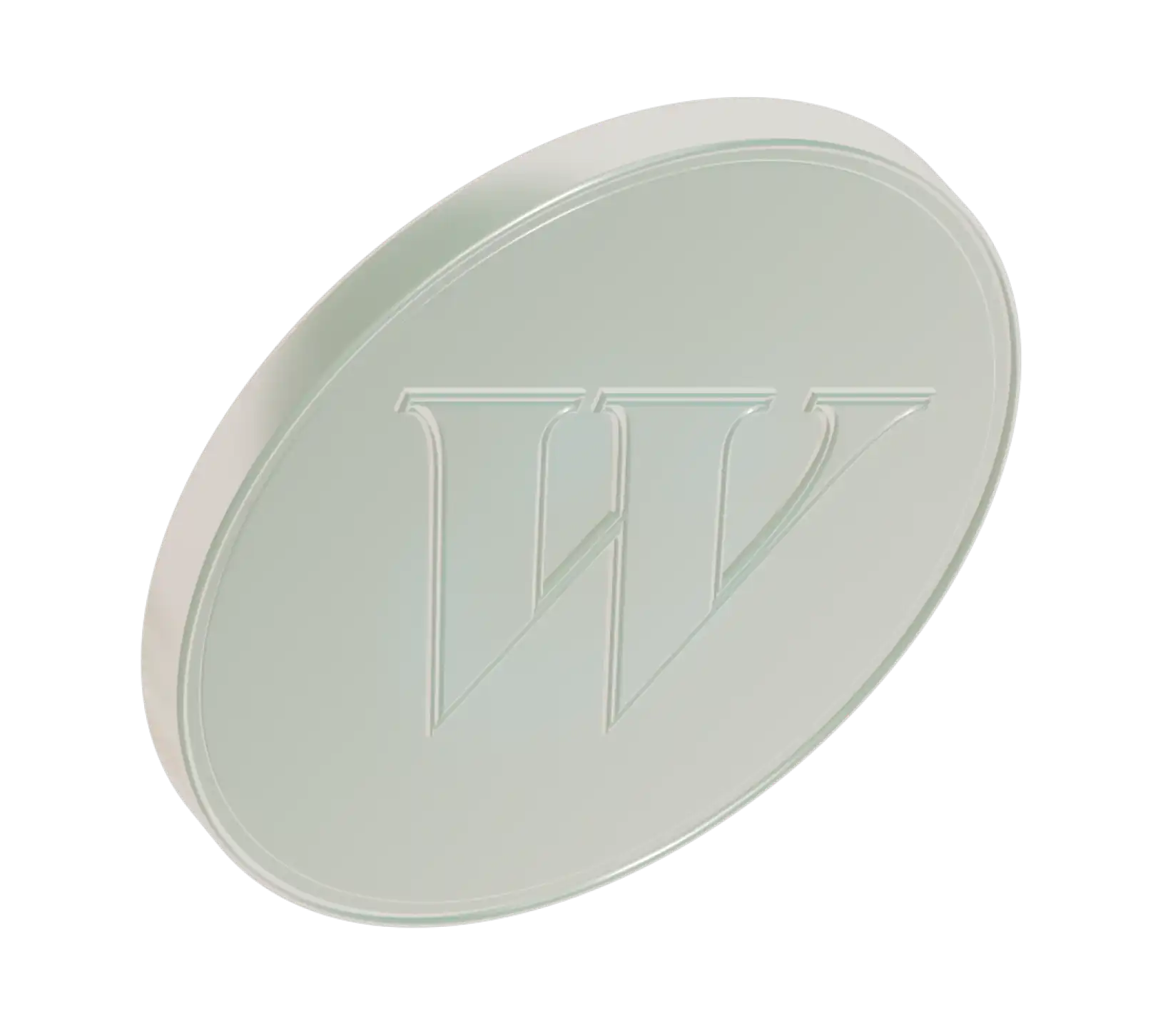An annoying reality about money is that usually there’s one best way to save it for short-term goals (easy to withdraw as soon and as frequently as you need) and one best way to save it for long-term goals (leave it to accrue interest for years) — often, the two are different. What if you want a single savings account that’s smart for both types of goals? That’s where the Tax-Free Savings Account (TFSA) comes in. With a TFSA, any income earned in that account, whether via interest-earning savings, ETFs, bonds, or stocks, is tax-free. TFSAs are very flexible, meaning you can withdraw from them without getting hit with a penalty or nasty withdrawal taxes. This makes them useful for both short-term goals (like a wedding or a new car) and long-term goals (retirement).
When is it smart to make a TFSA withdrawal?
We’re not here to judge — whatever your reasons are, sometimes it makes sense to withdraw funds from your TFSA. Maybe it’s a planned expense, like a cruise to celebrate a milestone anniversary, or maybe there’s an emergency and you need quick access to your money. Either way, your TFSA is there for you, just like that friend who always picks you up from the airport.
It’s wise to withdraw money from your TFSA versus other registered savings accounts because taking money from your TFSA isn’t taxed, and it allows you to delay withdrawing from your RRSP — which would be taxed. Retirees can also take out money from their TFSA without it affecting certain retirement benefits like Old Age Security.
What are the TFSA withdrawal rules?
There are very few withdrawal rules when it comes to TFSAs. For the most part, you can take money out of your TFSA as you like without a penalty.
While the government limits how much money you can put into a TFSA every year, they don’t limit how much you can take out. Contribution room automatically accumulates each year, but every time you add money to the TFSA, it goes into your allotted contribution room for that year. When you withdraw, on the other hand, you won’t lose your contribution room, but you can’t re-contribute that amount until the following calendar year. Unused contribution room also carries over into subsequent years.
Let’s say you’ve been contributing the maximum amount to your TFSA for the past few years without withdrawing anything. Then this year, your car died and you had to withdraw $10,000 to buy a new car. Your contribution room would still be the same this year — you don’t get to “add back in” the $10,000 you withdrew — until the next year. Once you take the cash out, you can’t put it in again for that year if it’s going to push you over your contribution limit. So assuming the new year’s contribution room for everyone is $7,000, that means starting on January 1, 2024, of the following year, your contribution room would be raised to $17,000 (the $7,000 max for everyone, plus the $10,000 “make-up” room for funds you withdrew last year).
It’s also important to know that you will accumulate TFSA contribution room for each year even if you do not file an income tax and benefit return or open a TFSA, as long as you have reached 18 years of age. To sum up: your TFSA contribution room is made up of:
your annual TFSA dollar limit
any unused TFSA contribution room from the previous year(s)
any withdrawals made from the TFSA in the previous year(s)
You can find out what your contribution room is through the Canadian Revenue Agency (CRA) or the financial institution holding the account.
What is the TFSA withdrawal limit?
There is no TFSA withdrawal maximum. Yep, you can withdraw from your TFSA anytime you want and take out as much as you like. The sky’s the limit! Or really, your empty bank account is the limit. Keep in mind that you can’t contribute over your TFSA limit this year to “make up” the funds, even if you made a withdrawal earlier in the year. This is one of the most common TFSA mistakes that people make, and it can cost you in penalty fees.
You start off each year with a certain set contribution limit. During that year, you can only reduce from your contribution room as you add money to the account. If you take any money you take out, you’ll need to wait until the next year to have that contribution room back.
What are the TFSA withdrawal fees and penalties?
Unlike RRSPs or some other tax-advantaged accounts, there’s no CRA penalty for withdrawing money from your TFSA. The only withdrawal fee you might encounter is from your financial institution, since some banks will charge you a fee to withdraw or transfer your TFSA to another provider. The only time you'll get a penalty is if you ignore your contribution room and over-contribute to your TFSA.
What happens if you do go over your contribution room? You’ll have to pay the CRA 1% of the highest excess TFSA amount in the month, for each month that the excess amount remains in your account.
Say you got tripped up by the math and you contributed $500 over your contribution limit. You’ll get taxed 1% of that, so $5 for each month that the excess amount is in the account for that year (assuming no other contributions or withdrawals are made that year). So be careful not to over-contribute in the first place; if you do get that money out of there!
How can I maximise TFSA tax advantages?
Although your TFSA is also good for short-term savings, you’ll get the most use out of it if you allow your cash to sit untouched for a longer period of time, since your tax benefits will be larger the more you save. It’s also particularly useful to put your highest-earning investments in your TFSA since you’ll be saving more on taxes, as your withdrawal from the account isn’t taxed.
It’s also a good idea to save your TFSA withdrawals for a time when you expect your tax bracket to be highest. Because the money has already been taxed, your tax bill won’t increase when you withdraw from your TFSA (as opposed to your RRSP).


